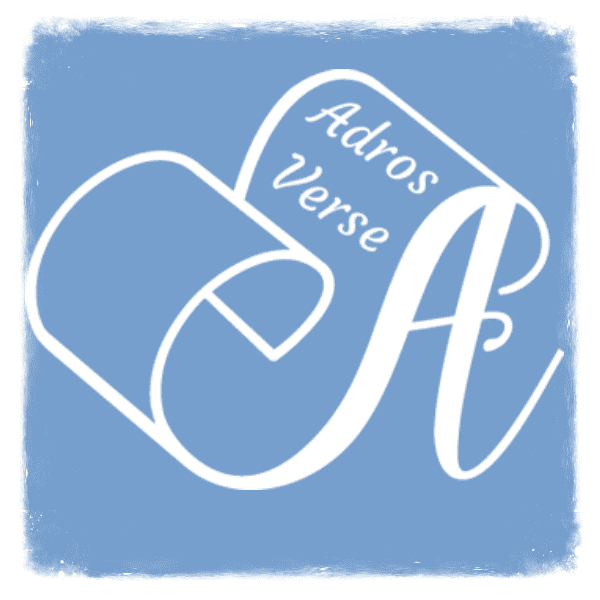Arabic is a vibrant language spoken by over 420 million people worldwide, making it the fifth most-spoken language in the world. As the official language in 22 countries across the Middle East and North Africa, Arabic plays a crucial role in global communication, diplomacy, and culture. It is also the liturgical language of Islam, central to religious practices for millions of Muslims around the world. Arabic belongs to the Semitic family of languages, alongside languages like Aramaic, Amharic, and Hebrew. It has a rich literary and historical tradition that continues to influence global civilization today. Understanding Arabic opens doors to diverse cultures, ancient texts, and modern geopolitical affairs.
Where is the Arabic Language Spoken?
Arabic is the fifth most-spoken language in the world, with 420 million speakers, 310 million of whom are native speakers. Arabic is the official or co-official language in 22 countries that make up the Arab League: Iraq, Syria, Lebanon, Palestine, Jordan, Saudi Arabia, Kuwait, Bahrain, Qatar, Yemen, Oman, United Arab Emirates, Egypt, Sudan, Libya, Tunisia, Algeria, Morocco, Mauritania, Djibouti, Somalia, and Comoros.

In addition to these 22 countries, Chad joined the Arab League as an observer state in 2005 and recognized Arabic as a co-official language. The Arabic language is also spoken as a minority language in other countries like Cyprus, Eritrea, Iran, Niger, Mali, Tanzania, and Senegal.
Arabic as the Liturgical Language of Islam
Arabic is the language of the Holy Quran. Non-Arab Muslims use Arabic in their prayers and to fulfill many religious duties and rituals. Many other Islamic religious texts are also written in Arabic. Therefore, Arabic holds profound religious significance.
| It is estimated that only about 20% of Muslims live in the Arab world. Approximately 93% of Arabs are Muslims. Christians constitute the largest minority of non-Muslim Arabs. |
Historically, Arabic literature has been incredibly rich, with renowned scholars, scientists, poets, and writers shaping its development and influencing the culture, philosophy, and civilization of the Arab and Muslim world.
Arabic is an ancient language, and Arabs can read and understand texts in Arabic from 1400 years ago. This is not common in most other languages. Due to the Quran and Islamic literary traditions, today’s MSA is much closer to Classical Arabic than modern Greek and English are to their respective ancient counterparts. The influence of Islam on Arabic was like capturing a snapshot of history, defining the language, and setting the standard for its rich linguistic tradition.
Arabic is also one of the six official and working languages of the United Nations (UN), in which all documents are made available. In general, Arabic plays a vital role in international relations, diplomacy, and commerce.
Arabic vs. Other Semitic Languages
Arabic belongs to the Semitic family of languages, which also includes:
- Some living languages, such as Hebrew, Aramaic, Amharic, Tigrinya, Tigre, and Maltese.
- Numerous extinct and ancient languages, such as Akkadian, Phoenician, Moabite, and Amorite.
The Arabic language has the largest number of speakers among Semitic languages. Amharic, spoken mostly in Ethiopia, is the second most-spoken Semitic language. Arabic and Amharic together represent over 95% of Semitic-language speakers worldwide.
| Aramaic was the mother tongue spoken by Jesus Christ (PBUH) according to several historians. |
Here is a breakdown of the most spoken living Semitic languages today:

Berber (also known as Amazigh or Tamazight) languages, spoken in North Africa, share some linguistic similarities with Arabic. Nevertheless, they are not considered Semitic languages by most linguists. However, Semitic and Berber languages both fall under the umbrella of Afroasiatic languages.
| Maltese, which has its roots in Sicilian Arabic, is the only Semitic language that is an official language of a European country. Arabs ruled Sicily from 831 to 1091 AD. Maltese today uses Latin alphabet. |

